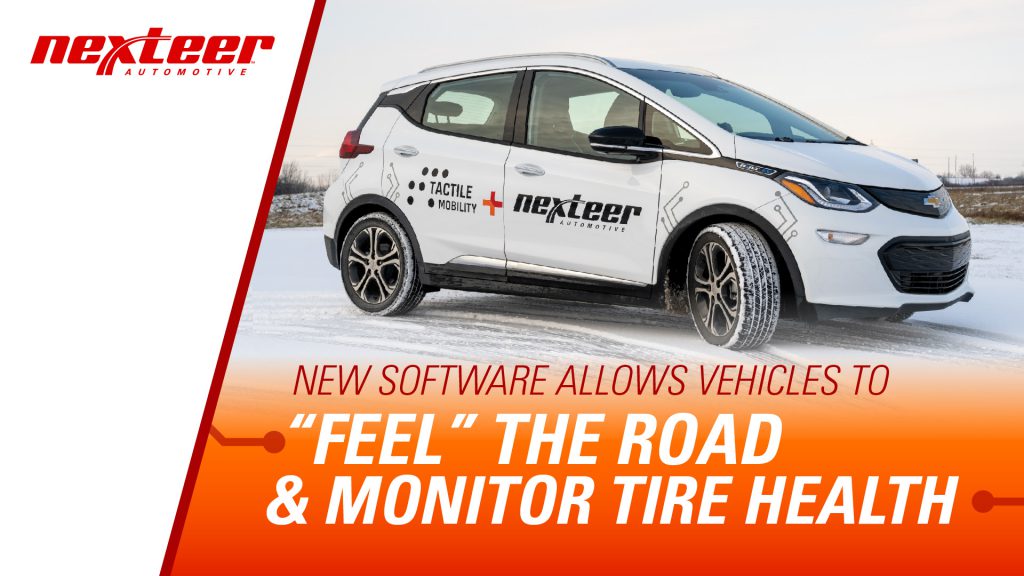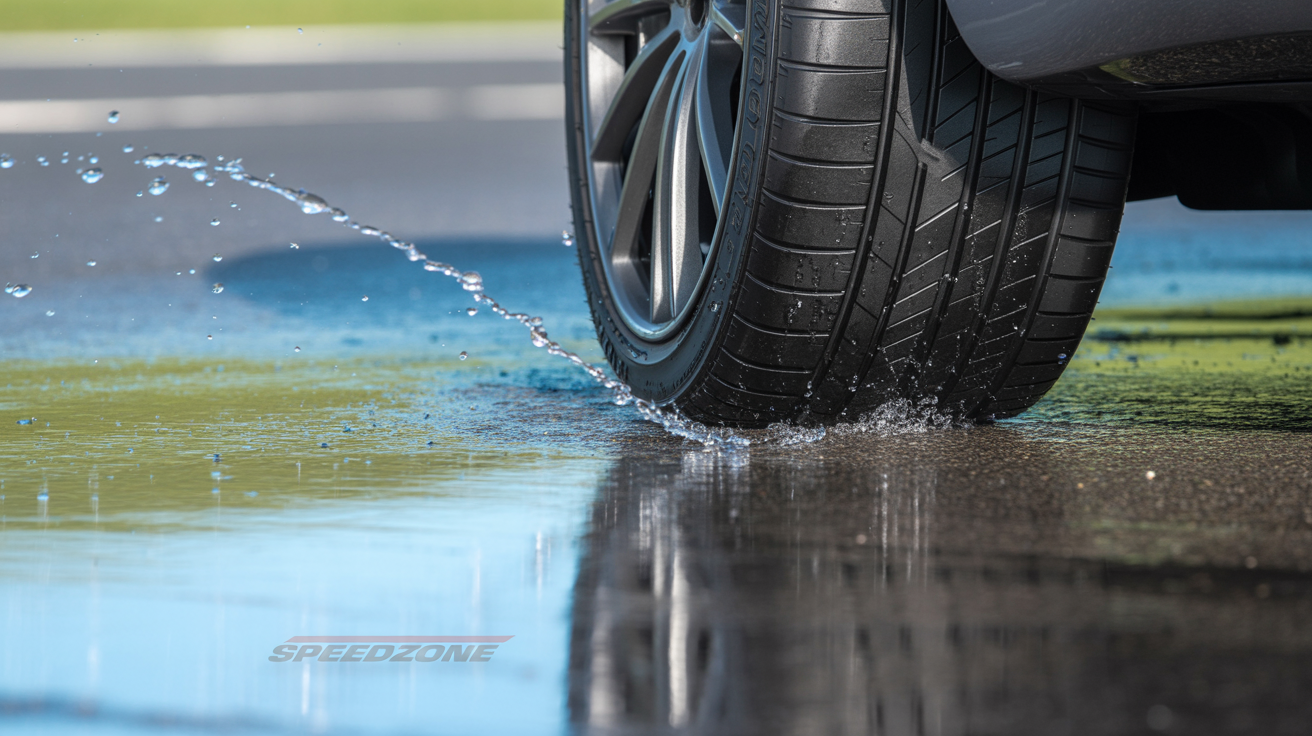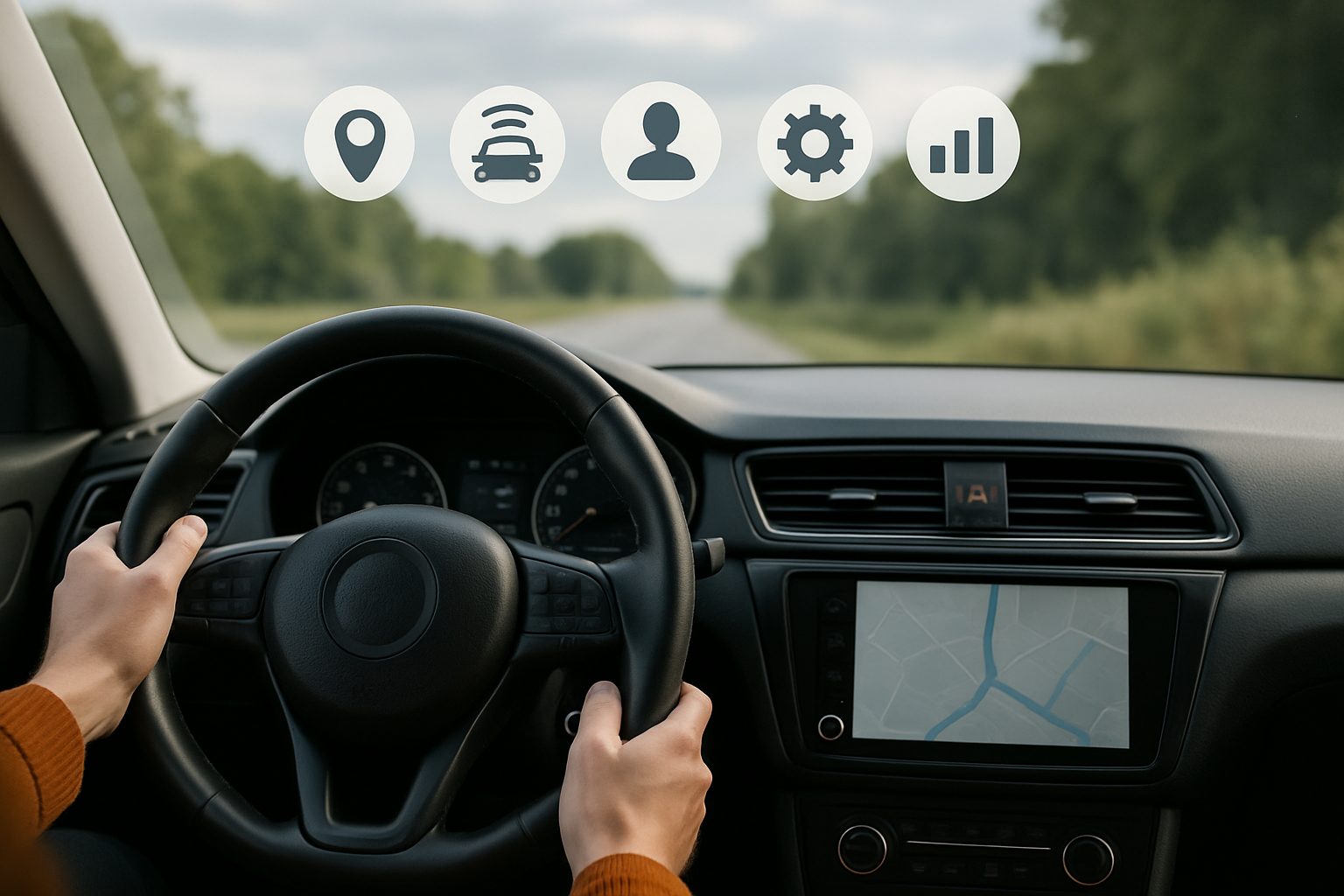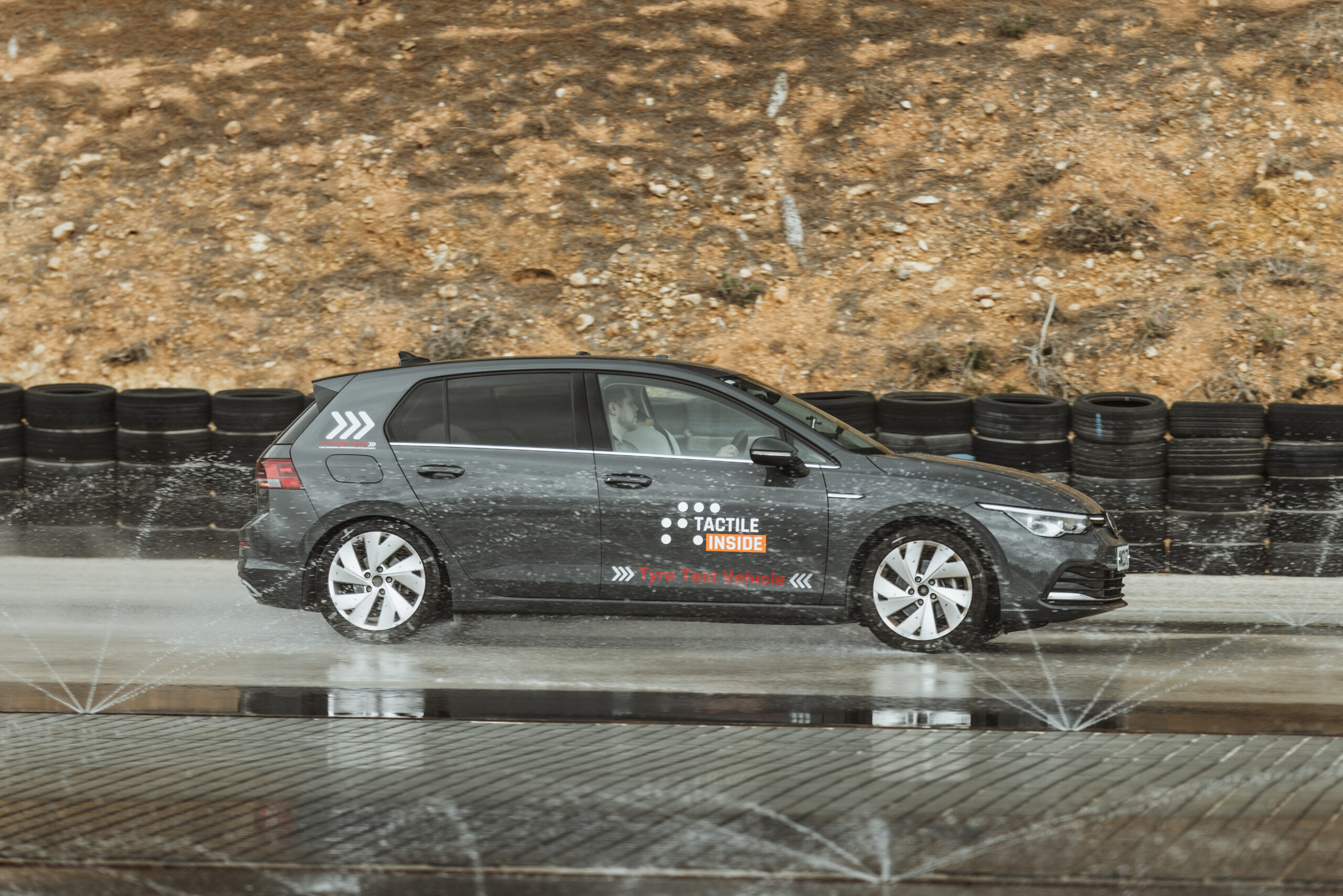
Here at Tactile Mobility, we understand that, as the culture and public perception around driving continues to change, so too must the technologies for performance, safety, and convenience evolve in turn. We built our virtual sensing and tactile data technology with this evolution in mind, and our most recent partnership with Nexteer, a pioneering developer of intuitive motion control technology, brings us one giant step closer to accomplishing that mission.
Through this partnership, Tactile Mobility and Nexteer were able to enhance the connection among driver, vehicle and road through new, advanced road and tire detection software. With tactile insights, drivers have previously unavailable information on road conditions — wet, dry, icy and more – as well as relevant tire conditions like tread depth and stiffness, allowing for safer driving choices. This partnership is enabling us to address the rapidly growing need for efficient and reliable sensors in the automotive industry and to pave the way toward full autonomy.
Allowing Vehicles to “Feel” the Road
Tactile Mobility’s virtual sensors and algorithms integrate with Nexteer’s electric power steering (EPS) system and corresponding EPS software. The combination of physical modeling and machine learning results in virtual, hardware-free sensors – thus, the necessary software can be housed in vehicles’ existing electronic control units and its effectiveness is not compromised by visual obstacles such as fog, heavy rain, or impaired field of view. The new software can detect road surface conditions and friction in all speeds and road conditions, starting from parked and going as fast as highway speeds.
As vehicles’ capabilities to sense the world around them continues to improve, advanced road and tire detection software will be critical in ushering in an autonomous automotive future. Together with Nexteer, we are laying the groundwork for self-driving vehicles to detect changes in their environments and adjust accordingly based on road feedback and constantly changing conditions.
Tested Technology for Safety-Critical Feedback
Giving vehicles the ability to “feel” the road ensures safety-critical feedback, boosting redundancy and increasing safety at all levels of autonomous driving. Vehicles that can self- adjust to the safest settings based on conditions will remove human guesswork (aka error) from the driving experience, resulting in exponentially safer driving experiences.
With years of data collection under our belt – both as individual companies and through our partnership – our system uniquely utilizes machine learning to identify road surface and tire data from more than 20 million miles of driving. As the process of machine learning continues over time, our software’s ability to understand road conditions will only improve.
Inter-Vehicle Connectivity is Ushering in a Safer Future
Along with internally reading data patterns, our software can share road surface information with other vehicles in real-time, enabling multiple vehicles to be made aware of the driving environment and improving safety and traffic flow. Connectivity like this is a critical consideration for the future of autonomous driving – information that can be shared among interconnected cars and infrastructure will warn individual vehicles of what obstacles lie ahead, adding redundancy and safety.
Our collaboration with Nexteer began in January 2021 with a focus on motion control and software that utilizes over-the-air connectivity to create safer, more reliable driving. We hope that, as this partnership continues, our work will transcend global automotive OEMs and bring innovation to adjacent sectors – from automotive insurance carriers to urban planners and municipal road maintenance crews.
Strategic collaborations like our ongoing partnership with Nexteer will keep us moving swiftly towards a connected, autonomous future.

Shahar Bin-Nun is CEO at Tactile Mobility


